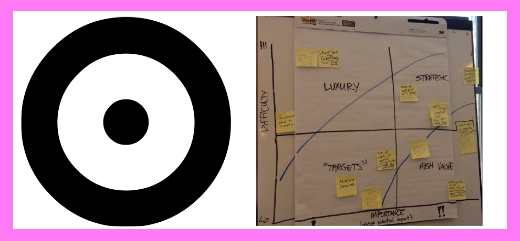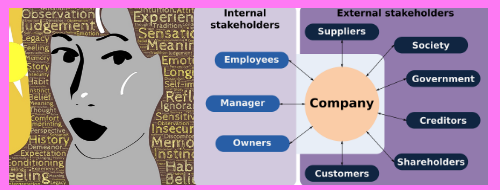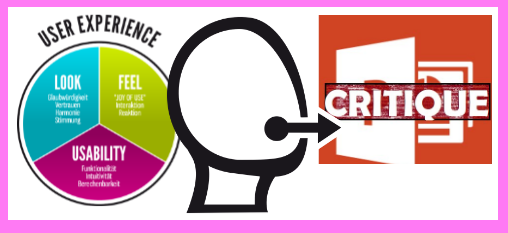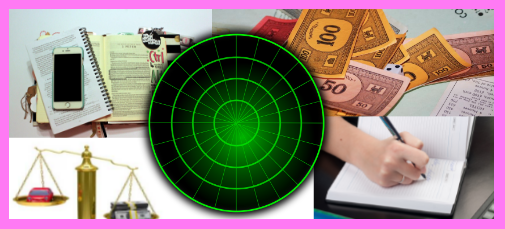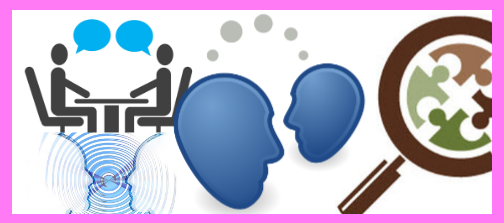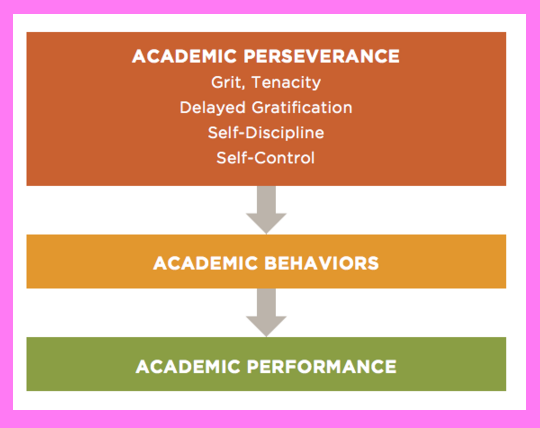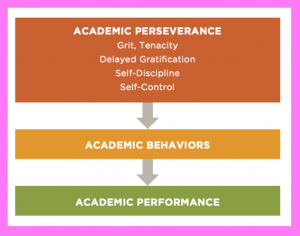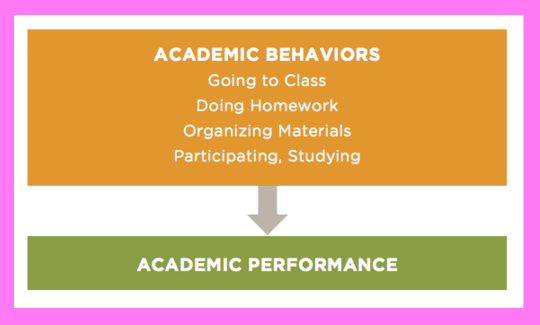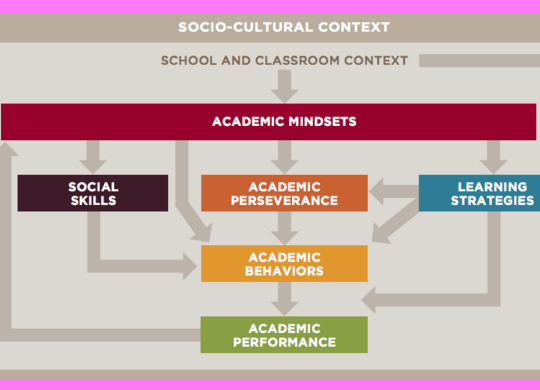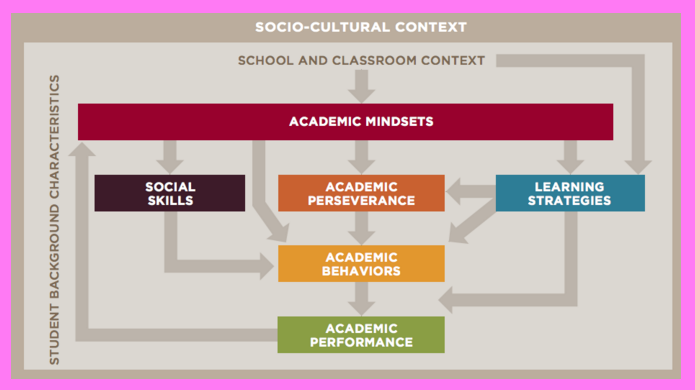
Understanding Chapter in Innovating for People: Handbook of Human-centered Design Methods. Pittsburgh, PA: LUMA Institute, LLC 2012. Print

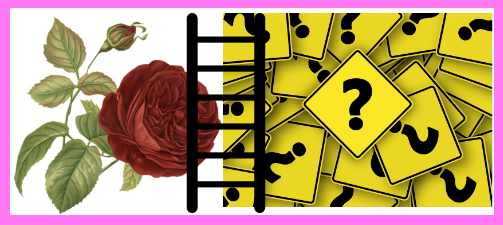
- Problem Tree Analysis
- Graphic for exploring causes & effects of a particular issues
- Purposes:
- Untangle complex problems
- Reveal causes and effects
- Build shared understanding
- Provide directions for problem solving
- Preparation steps:
- Identify problem statement
- Recruit diverse group of stakeholders
- Gather team around flip chart or whiteboard
- Implementation steps
- Write focal problem in the middle of the space
- Ask team to discuss causes (roots)
- Write possible causes below the focal problem
- Ask team to discuss effects (branches)
- Write various responses above the focal problem
- Discuss and decide which to focus on
- Helpful hints
- Acknowledge and discuss direct vs. indirect causes
- Note that some effects are routine and some are rare
- Take a quick poll to decide focus area
- Sample process:
- Purpose: Discern focus of a problem and direct research to learn more
- Steps:
- Problem Tree Analysis (Understanding)
- Affinity Clustering (Understanding)
- Walk-a-Mile Immersion (Looking)
- School applications:
- School team (grade level, subject level) can use this method to unpack a grade level or subject level problem such as – students struggle to understand scientific method, large number of students struggling to pass classes, etc
- This activity can be facilitated by a teacher to get students to unpack a project challenge or to unpack a class challenge such as – how to ensure entire class is successful, how to ensure that entire class feels engaged and feels sense of belonging, etc
- Statement Starters
- Phrasing problem statements in ways that invite broad exploration
- Purpose:
- Challenge assumptions
- See different perspectives
- Provide direction(s) for problem solving
- Invite divergent thinking
- Implementation steps:
- Identify targeted set of problems or opportunities
- State each issue in the form a short phrase.
- Add a starter to each phrase
- How might we _______
- In what ways might we ________
- How to _____________
- Pick the best statement started for each problem
- Use the new phrasing as a basis for ideation
- Helpful hints:
- Consider adding a starter to a research insight
- Don’t embed solutions into problem statements
- Use voting to pick best problem statements
- Sample process:
- Purpose: look at problems from new perspectives and use new ideas to frame ideation activities
- Steps:
- Alternative Worlds (Making)
- Statement Starters (Understanding)
- Thumbnail Sketching (Making)
- School applications:
- This process can be used to design essential (driving) questions for projects.
- This process can be taught to students to teach them how to generate better need-to-knows and to frame need-to-knows in ways that invite next steps
- Abstraction Laddering
- Reconsidering a problem statement by broadening or narrowing its focus
- Purposes:
- Challenge preconceptions
- Refocus problem statement
- Build shared understandings
- Provide direction for problem solving
- Preparation Steps:
- Identify initial problem statement
- Make a laddering workshops (runs as blank spaces)
- Write initial statement on middle run
- Implementation Steps:
- Move up the ladder by asking Why?
- Consider options broader than the initial one
- Move down the ladder by asking How?
- Consider options narrower than initial one
- Discuss which option to use for ideation
- Move up the ladder by asking Why?
- Helpful Hints:
- Consider use of Statement Starters to reframe.
- Take quick poll to decide which option is beset
- In the end, initial statement might be the best
- Sample Process:
- Purpose: Framing problems to get key insights from stakeholders and translate findings into new solutions
- Steps:
- Abstraction Laddering (Understanding)
- What’s on Your Radar? (Looking)
- Affinity Cluster (Understanding)
- Concept Poster (Making)
- School applications
- Can be used to refine project problem statements and essential (driving) questions
- Can be used by students to personalize project statement and refocus/individualize project products and directions
- Rose, Thorn, Bud
- Identifying things as positive, negative, or having potential
- Purposes:
- Codify research data
- Invite input from team members
- Facilitate productive discussion
- Help identify issues and insights
- Preparation steps:
- Identity targeted topic
- Assemble diverse group of stakeholders
- Give each participant a pen and 3 sticky note pads (different colors)
- Implementation steps:
- Explain topic and color key
- rose = pink (positive thing)
- thorn = blue (negative thing)
- bud = green (thing with potential)
- Instruct each person to generate many data points
- Include one issue, insight or idea per sticky note
- Explain topic and color key
- Helpful hints:
- Tell participates to offer multiple items per color
- Resist temptation to describe solutions
- Limit time frame of generating and discussing data
- Sample process:
- Purpose: Visualize existing situation, codifying parts of situation and prioritizing future possibilities
- Steps:
- Heuristic Review (Looking)
- Rose, Thorn, Bud (Understanding)
- Importance / Difficulty Matrix (Understanding)
- School applications:
- Can be used to gather feedback from students during project reflections
- Can be used to gather feedback from students on teaching style and classroom environment
- Can be used to gather feedback from other teachers on upcoming projects

Using multiple strategies for framing problems can help designers frame problems in ways that yield innovative solutions. Teachers can use these strategies to refine project problem statements and to gather feedback on projects and classroom elements. Teachers can facilitate activities that involve these strategies in order to gather peer feedback on project drafts, to personalize project statements, and to design Need-to-Knows that yield better next steps.

Preparation Steps
- For teacher use:
- Decide problems that need reframing (examples: project problem statements, classroom challenges such as ensuring greater success for all, etc)
- Select method(s) that will can help reframe problems in most useful ways
- For student use:
- Identify points in projects where reframing problem statements is a useful activity
- Design resources to help guide students through selected reframing activities. See above.
Early Implementation Steps
- For teacher use:
- Implement selected strategies for reframing problem statements.
- Follow up with more design steps. See above for ideas.
- For student use:
- Scaffold activities aimed at reframing problem statements.
- Follow-up with more design activities. See hyperlinks above for ideas.
Advanced Implementation Steps
- For teacher use (understanding students):
- Share new problem statement with students and check to see if they yield more quality next steps.
- Used reframed problem statements to run better projects or to design better strategies and policies.
- For student use (understanding stakeholders for project):
- Have students reflect on strategies for reframing problems – how did it work? what assumptions were challenged? what new things were learned? what new ideas were inspired? how can this approach be used in other settings?



